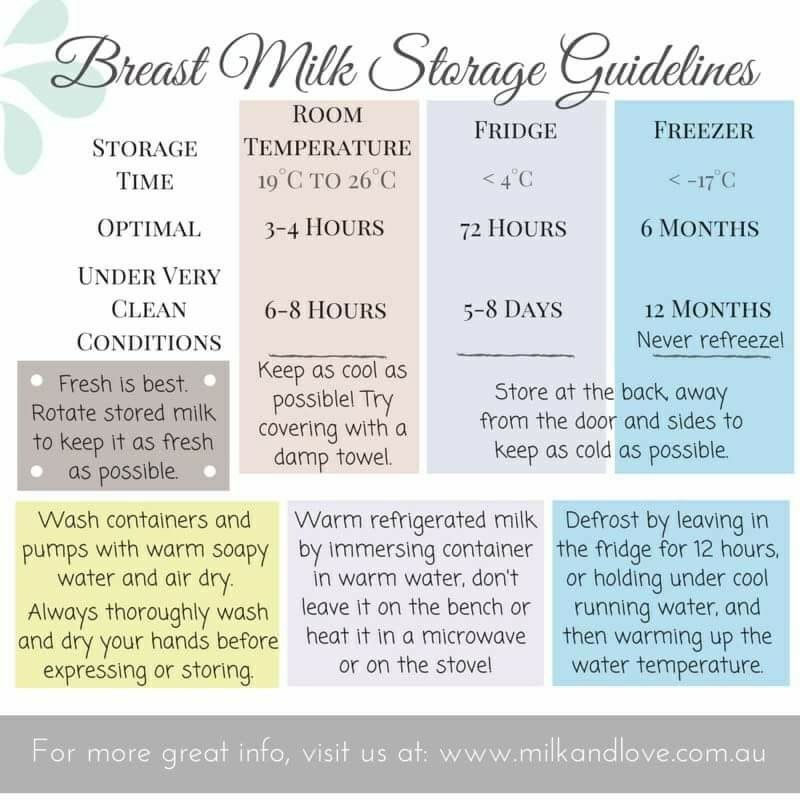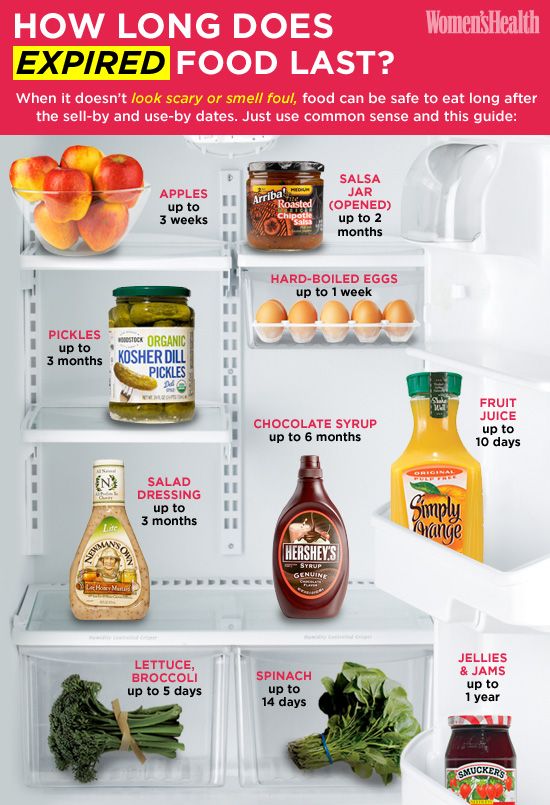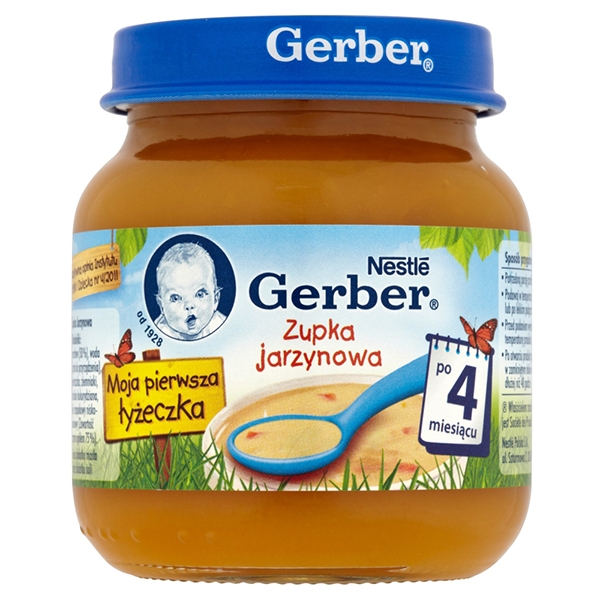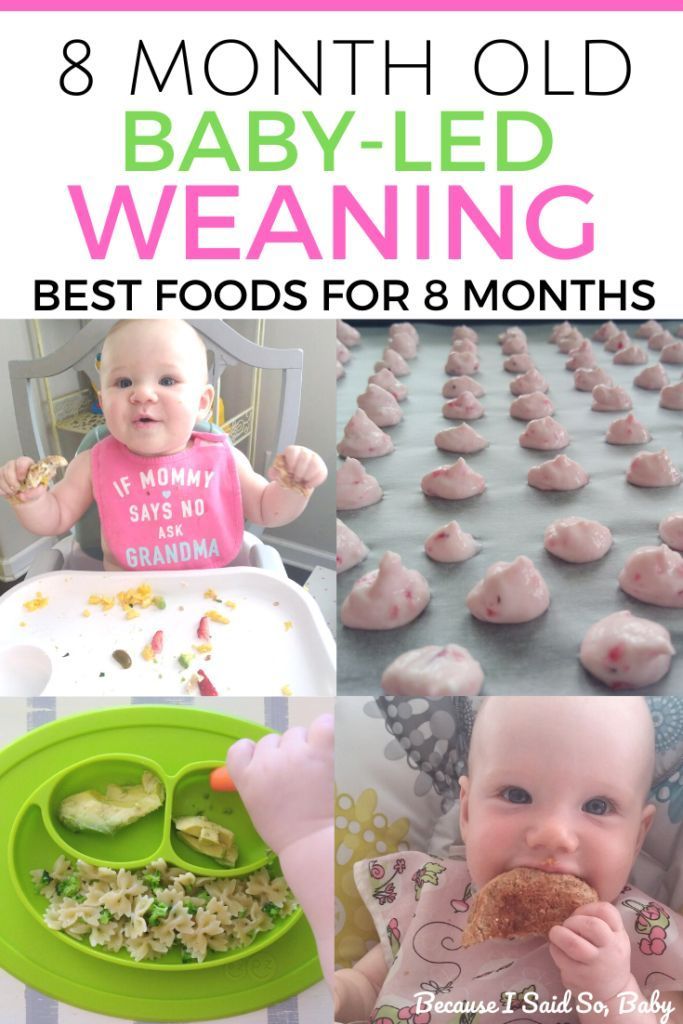Mix feeding the baby
Mixed feeding | Pregnancy Birth and Baby
Mixed feeding | Pregnancy Birth and Baby beginning of content7-minute read
Listen
Key facts
- Mixed feeding is when your baby is fed formula and breastmilk.
- Regular mixed feeding can interfere with your milk supply.
- Sometimes there are good reasons to consider mixed feeding. These include breastfeeding problems and a baby with a low weight.
What is mixed feeding?
Mixed feeding is when your baby is fed formula as well as breastmilk.
Some parents decide to start mixed feeding and combine breastfeeding and bottle feeds. This can be for a range of reasons.
Mixed feeding can involve:
- breastfeeding and giving your baby formula
- breastfeeding and giving your baby a combination of expressed breast milk and formula
- breastfeeding and giving your baby donor breastmilk
- bottle feeding expressed breast milk, formula, and/or donor milk
Regular mixed feeding with formula can make breastfeeding more challenging as it can interfere with your milk supply. Some babies may start to prefer drinking from a bottle.
The way you feed your baby is a personal choice. You may choose to feed your baby just expressed breastmilk as you prefer to feed using a bottle.
It’s a good idea to talk to a health professional if you are thinking about introducing formula.
From birth your baby needs to be fed regularly to have good weight gains. Newborns need to feed about every 2 to 3 hours (8 to 12 times in a 24-hour period).
Why might I think about mixed feeding?
Although exclusive breastfeeding for the first 6 months is the ideal start for your baby, there are reasons why you may consider mixed feeding. These may include:
- issues with breastfeeding
- low breastmilk supply
- baby with a low weight
Issues with breastfeeding
Sometimes breastfeeding can be challenging (it’s important to remember that you and your baby are learning). Some of the challenges can include:
- having sore, cracked or bleeding nipples
- painful, blocked ducts in your breasts
- mastitis — an inflammation of your breast that can cause pain and flu-like symptoms
- oral thrush and/or breast and nipple thrush
- nipple vasospasm — where the blood vessels in your nipple tighten and go into a spasm, preventing blood from flowing normally
- inverted or flat nipples — consider getting advice from a professional about trying a nipple shield
- difficulty with baby attaching to your breast — this can often be resolved with positioning and attachment advice or it could be due to issues such as tongue-tie, or a cleft palate
- your baby becoming 'fussy' at the breast or refusing to feed
- being uncomfortable about breastfeeding in a public
- returning to work — while some people successfully combine breastfeeding with returning to work, others may prefer not to
You can get help for many of these issues. This might allow you to continue breastfeeding or return to exclusive breastfeeding.
This might allow you to continue breastfeeding or return to exclusive breastfeeding.
If you are having troubles breastfeeding, get support early. Talk to your midwife, child health nurse or organise a visit with a lactation consultant.
If you decide to move to mixed feeding, getting support can help you to continue with some breastfeeding as well.
Low breastmilk supply
You might worry that you don’t have enough breastmilk for your baby. Low milk supply may be temporary. Many people can build up their milk supply with the right help and support.
There are different things you can do to increase the amount of breastmilk you are producing. The best way to establish a healthy supply of breast milk is to start breastfeeding frequently. Make sure your baby is latching on correctly and emptying your breasts. Make sure you ask for help from a health professional.
Your baby’s weight and other measurements are recorded in your baby’s health record book. This helps check your baby’s health, growth and development against what is expected.
Signs that your baby is getting enough milk (after the first week of birth) include:
- 6 to 8 wet nappies (4 to 5 heavy disposable nappies) in a 24-hour period
- having 8 to 12 breastfeeds in 24-hours
- passing soft yellow poo (3 to 4 times a day if younger than 6 to 8 weeks)
- settling and sleeping between most feeds
- is back to birth weight in about 2 weeks
- gaining on average 150g or more every week for their first 3 months
A small number of people may have low supply due to: previous breast surgery, not having enough breast tissue or another medical reason. You may be able to produce some breastmilk and choose mixed feeding for your baby with donor milk or formula.
Baby with low weight
A parent who is considering mixed feeding may be worried that their baby is losing or not gaining enough weight. All babies grow differently, and their weight may change at different times.
Depending on the situation, a health professional might suggest that you need to introduce supplementary feeds for your baby. You can often give your baby expressed breastmilk or you may begin mixed feeding with formula.
You can often give your baby expressed breastmilk or you may begin mixed feeding with formula.
Sometimes a lower baby weight is nothing to be concerned about and only lasts for a short period of time due to a temporary milk supply or feeding issue.
Your health professional may say that your baby will benefit from mixed feeding if they were: born very prematurely (earlier than 32 weeks), had a very low birth weight (less than 1,500g), is unwell or has a medical condition.
How do I move from mixed feeding to breastfeeding?
If you are planning to increase breastfeeding again after mixed feeding, it’s important to keep up your breastmilk supply. Your healthcare professionals or one of the organisations listed below can help support you to do this.
Where can I get more help?
It's important to know that many breastfeeding and baby weight gain issues can be solved with the help of someone skilled in breastfeeding support.
You can call Pregnancy, Birth and Baby on 1800 882 436 to speak to a maternal child health nurse. Alternatively, you can contact:
Alternatively, you can contact:
- a registered lactation consultant
- your maternal child health nurse
- your midwife
- your doctor
- the Australian Breastfeeding Association Breastfeeding Helpline: 1800 686 268 (1800 mum 2 mum)
Depending on your circumstances and your baby's age, they can advise you on:
- how much formula to give your baby
- how many times a day to give formula
- when to move back to exclusive breastfeeding, if relevant
Speak to a maternal child health nurse
Call Pregnancy, Birth and Baby to speak to a maternal child health nurse on 1800 882 436 or video call. Available 7am to midnight (AET), 7 days a week.
Sources:
Council of Australian Governments (COAG) Health Council (Australian National Breastfeeding Strategy 2019 and beyond), Australian Breastfeeding Association (Mixed feeding), The Royal Women’s Hospital (Breastfeeding problems), Royal Women's Hospital (Low milk supply)Learn more here about the development and quality assurance of healthdirect content.
Last reviewed: September 2022
Back To Top
Related pages
- Breastfeeding your baby
- Feeding your baby with formula
- Paid and unpaid parental leave – things to consider
Need more information?
Mixed feeding | Australian Breastfeeding Association
If you decide to introduce formula, you can keep breastfeeding too. Find out how to balance the feeds.
Read more on Australian Breastfeeding Association website
Mixed feeding: supplementing with formula | Raising Children Network
Worried your baby isn’t getting enough breastmilk? Mixed feeding, or supplementing with formula, might help. Start by talking with your midwife, nurse or GP.
Read more on raisingchildren. net.au website
net.au website
Weaning
Weaning is what happens as you stop breastfeeding your baby or toddler. Find out here how to start weaning your child to a bottle or cup.
Read more on Pregnancy, Birth & Baby website
When can babies drink water?
You may wonder when it is safe to start giving your baby water. Whether you are breastfeeding or formula-feeding, learn how and when to get started.
Read more on Pregnancy, Birth & Baby website
How your baby gains weight
All babies will gain weight differently, but there are some guidelines for healthy weight gain.
Read more on Pregnancy, Birth & Baby website
Breastfeeding tips - Ngala
There are many things you can do to support breastfeeding as your baby grows and develops
Read more on Ngala website
How will you feed your baby?
One of the most important choices you need to make as a new mum is how you will feed your baby. Find out about the different options.
Find out about the different options.
Read more on Pregnancy, Birth & Baby website
Balancing introducing solids with milk feeds
Find out how to get started with introducing solid foods and balancing milk feeds. Learn about the best foods to start with.
Read more on Pregnancy, Birth & Baby website
All about baby poo
Babies poo! Some poo after every feed, while others can go for days without a dirty nappy. But what you do find in the nappy can say something your baby's health - learn more here.
Read more on Pregnancy, Birth & Baby website
Raising and feeding twins
Find out more on how to get your twins to sleep, feeding your twins, preparing for preschool and dealing with sibling rivalry.
Read more on Pregnancy, Birth & Baby website
Disclaimer
Pregnancy, Birth and Baby is not responsible for the content and advertising on the external website you are now entering.
OKNeed further advice or guidance from our maternal child health nurses?
1800 882 436
Video call
- Contact us
- About us
- A-Z topics
- Symptom Checker
- Service Finder
- Subscribe to newsletters
- Sign in
- Linking to us
- Information partners
- Terms of use
- Privacy
Pregnancy, Birth and Baby is funded by the Australian Government and operated by Healthdirect Australia.
Pregnancy, Birth and Baby’s information and advice are developed and managed within a rigorous clinical governance framework.
This site is protected by reCAPTCHA and the Google Privacy Policy and Terms of Service apply.
Healthdirect Australia acknowledges the Traditional Owners of Country throughout Australia and their continuing connection to land, sea and community. We pay our respects to the Traditional Owners and to Elders both past and present.
This information is for your general information and use only and is not intended to be used as medical advice and should not be used to diagnose, treat, cure or prevent any medical condition, nor should it be used for therapeutic purposes.
The information is not a substitute for independent professional advice and should not be used as an alternative to professional health care. If you have a particular medical problem, please consult a healthcare professional.
Except as permitted under the Copyright Act 1968, this publication or any part of it may not be reproduced, altered, adapted, stored and/or distributed in any form or by any means without the prior written permission of Healthdirect Australia.
Support this browser is being discontinued for Pregnancy, Birth and Baby
Support for this browser is being discontinued for this site
- Internet Explorer 11 and lower
We currently support Microsoft Edge, Chrome, Firefox and Safari. For more information, please visit the links below:
- Chrome by Google
- Firefox by Mozilla
- Microsoft Edge
- Safari by Apple
You are welcome to continue browsing this site with this browser. Some features, tools or interaction may not work correctly.
How to combine breast and bottle feeding
It can take several weeks for you and your baby to feel happy and confident with breastfeeding.
Once you've both got the hang of it, it's usually possible to offer your baby bottles of expressed milk or formula alongside breastfeeding.
This is sometimes called mixed or combination feeding.
Why combine breast and bottle?
You may want to combine breastfeeding with bottle feeding if you:
- are breastfeeding and want to use a bottle to offer your baby some expressed breast milk
- want to breastfeed for some of your baby's feeds, but give bottles of formula for 1 or more feeds
- are bottle feeding your baby and want to start breastfeeding
- need to leave your baby and want to make sure they have some milk while you're away
Introducing formula feeds can affect the amount of breast milk you produce. There is also a small amount of evidence to show babies may not breastfeed as well because they learn to use a different kind of sucking action at the bottle than at the breast.
These things can make breastfeeding more difficult, especially in the first few weeks when you and your baby are still getting comfortable with breastfeeding.
Your breastmilk supply will usually not be affected if you start bottle feeding your baby when they are a bit older, you are both comfortable with breastfeeding, and you breastfeed every day.
Introducing formula feeds
If you're combining breastfeeding with formula feeds both you and your baby can carry on enjoying the benefits of breastfeeding.
If you choose to introduce infant formula:
- it's best to do it gradually to give your body time to reduce the amount of milk it makes – this helps lower your chance of getting uncomfortable, swollen breasts, or mastitis
- if you're going back to work, start a few weeks beforehand to give both of you time to readjust
- if your baby is 6 months old or more and can drink milk from a cup, you may not need to introduce a bottle at all
For more information, see drinks and cups for babies.
Giving your baby their first bottle
It may take a while for a breastfed baby to get the hang of bottle feeding, because they need to use a different sucking action.
- it usually helps to give the first few bottles when your baby is happy and relaxed – not when they're very hungry
- it may help if someone else gives the first bottle feeds, so that your baby is not near you and smelling your breast milk
- you might want to try using a different position for bottle and breastfeeding
See more advice on how to bottle feed.
Restarting breastfeeding
If you want to start breastfeeding more and give your baby fewer bottles, it's a good idea to ask your midwife, health visitor or breastfeeding supporter for support.
These tips may help too:
- Hold and cuddle your baby as much as possible, ideally skin to skin. This will encourage your body to make milk and your baby to feed.
- Express your breast milk regularly. Expressing releases the hormone prolactin, which stimulates your breasts to make milk. About 8 times a day, including once at night is ideal. It may be easier to express by hand to begin with – your midwife, health visitor or breastfeeding supporter can show you how.
- Try bottlefeeding while holding your baby skin to skin and close to your breasts.
- If your baby is latching on, feed little and often. Do not worry if your baby does not feed for long to begin with. See tips on how to get your baby properly positioned and attached.
- Choose times when your baby is relaxed, alert and not too hungry, and do not force your baby to stay at the breast.
- Decrease the number of bottles gradually, as your milk supply increases.
- Consider using a lactation aid (supplementer). A tiny tube is taped next to your nipple and passes into your baby's mouth so your baby can get milk via the tube as well as from your breast. This helps to support your baby as they get used to attaching to the breast. Your midwife, health visitor or breastfeeding supporter can give you more information.
See more tips on boosting your milk supply.
Help and support with mixed feeding
If you have any questions or concerns about combining breast and bottle feeding:
- talk to your midwife, health visitor or breastfeeding supporter
- call the National Breastfeeding Helpline on 0300 100 0212 (9.30am to 9.30pm, every day)
- find breastfeeding support near you
Video: why combine breast and bottle feeding?
In this video, 3 mothers discuss ways to combine breast and bottle feeding.
Media last reviewed: 22 March 2020
Media review due: 22 March 2023
Page last reviewed: 8 October 2019
Next review due: 8 October 2022
Mixed infant feeding: how to start and introduce | Scheme and diet, menu for mixed feeding
Co-author, editor and medical expert - Klimovich Elina Valerievna.
Number of views: 74 793
Date last updated: 12/27/2022
Average read time: 4 minutes
, which means switching to mixed feeding. It is recommended to make a decision on the transfer of a newborn to mixed feeding together with a pediatrician who will help you choose the right mixture.
Contents:
When do mothers switch to mixed feeding?
How to organize mixed feeding?
When do mothers switch to mixed feeding?
1. Lack of own milk
In some cases, even if the mother puts the baby to the breast on demand, the child may still remain hungry and gain weight poorly. This is often evidenced by loud crying after eating. In this case, experts speak of hypolactia, when milk production is reduced due to a hormonal disorder.
The “wet diaper” method will help to make sure that the baby really does not have enough milk. Do not put "diapers" on your baby and count the number of his urination in one day. From two weeks of age to six months, the result is evaluated as follows: if you counted 12 or more wet diapers, then you have nothing to worry about, 8–10 wet diapers indicate that lactation has decreased, 6 or less - the child does not have enough milk, and urgent action should be taken.
Tip! Today there are many ways to increase lactation, but if they do not help, you should consult a pediatrician who will choose the right formula for supplementary feeding.
2. Lack of calories
Some mothers think that their milk is not nutritious enough. Most often, they come to such conclusions by expressing clear milk with a bluish tint. But it cannot be nonnutritive or nutritious. Milk is “rear”, saturated white, thicker and fatter (for a child, this is “food”), and “front”, liquid with a bluish tint (“drink”).
Tip! If the amount of urination is normal, but the baby is not gaining weight, then you need to think about whether your baby is getting "hind" milk. To do this, offer him only 1 breast during 1 feeding.
3. Coming to work
Some mothers have to reduce the number of feedings after going to work. And their first impulse is to switch to mixed feeding. But you should always remember that the best food for a child is mother's milk. If you want to go to work, try to prepare for this in advance. Make a "strategic stock" of breast milk in the freezer so your baby always has food, even when you're not around.
Tip! If you plan to go to work when your baby has started to receive complementary foods, then try to organize meals so that complementary foods are given to him in your absence. So you will have the opportunity to reduce the amount of formula or defrosted in his diet
Up to the content
How to organize mixed feeding?
Mixed nutrition has its own characteristics, which are very important for a nursing mother to know.
Basic rules for mixed feeding:
- The timing of the introduction of complementary foods depends on the amount of breast milk the baby receives. If it is 50-70%, then it is administered as with breastfeeding (at 6 months). If less than 50% of breast milk is present in the baby's diet, then complementary foods can be introduced at the age of 5 months.
- Always offer the breast first. Only if you see that the baby is not full, and the breasts are empty, then give him a mixture. It also helps increase lactation.
The mixture should be introduced gradually. On the first day - 10 ml / 1 time, the second - 10 ml / 3 times, the third - 20 ml / 3 times. Increase the portion, bringing it to the norm.
- Only the breast should be given at night and formula should be avoided. This is due to the fact that from 3 to 8 am, prolactin is actively produced, which is responsible for lactation.
- Feed according to schedule (every 3-4 hours) and breastfeed on demand.
- Keep water boiled and utensils and formula sterile. You need to cook right before eating.
- Use a spoon instead of a bottle for complementary foods. Then you can avoid breast rejection.
- Remember that mixed-fed babies should be given water, as dehydration can lead to poor digestion.
Follow these simple rules and try to keep your baby breastfed for as long as possible. Your milk, even though it's not your baby's only food, contains invaluable trace minerals that will keep your baby healthy and strong.
Back to Contents
The information in this article is for reference only and does not replace professional medical advice. For diagnosis and treatment, contact a qualified specialist.
What is mixed, artificial and natural feeding
Reviewer Kovtun Tatiana Anatolievna
26276 views
September 27, 2021
Login or register to save articles and products to your favorites
Feeding is the process of feeding a newborn. All babies need special nutrition: in the first years of life, active growth occurs, immunity is laid. Therefore, it is important that the child's body receives the right amount of fluid, minerals, vitamins and other nutrients.
In the first months of life, the child receives breast milk or infant formula. Depending on which of these dairy products prevails in the child's diet, there are natural, mixed and artificial feeding. What is behind each?
Breastfeeding
The answer is hidden in the name itself: the baby eats breast milk. Experts are unanimous in their opinion: breast milk is the best food for a baby, and it is imperative to keep it at least up to 12 months. Breast milk contains a huge amount of nutrients and nutrients necessary for a child. In addition, each woman's breast milk is unique and fits - like a key to a lock - just for her child.
There are several types of breastfeeding:
- when the mother breastfeeds the child herself;
- the child is fed with mother's expressed breast milk from a bottle or other device;
- when the baby receives donor breast milk according to indications and only after consulting a doctor.
How to breastfeed
Although breastfeeding is a natural process, it needs to be "tuned in". In the first half hour after birth, the baby is applied to the chest, where he will drink only 3-5 milliliters of colostrum - a concentrated secret of the mammary glands, which is produced from the end of pregnancy and in the first days after childbirth. Colostrum is rich enough in nutrients, immune and other beneficial factors to meet the needs of a newborn baby.
In the next few days, the baby will eat colostrum, and only by the end of the first week after birth, the mother will have transitional, and then mature milk, which will become the basis of the diet of a newborn baby and a baby in the first months of life.
At first, it will be better to stick to free feeding, putting the baby to the breast on demand, about every 2-3 hours during the day and every 3-4 hours at night. The method of attachment to the breast, the features of the breastfeeding technique should be discussed with the pediatrician.
On the recommendation of the pediatrician who observes the baby, between 4 and 6 months of the child's life, complementary foods begin to be introduced against the background of breastfeeding. Complementary foods are all products, except for women's milk and infant formula, that supplement the diet with the nutrients necessary to ensure the further growth and development of the child.
Your paediatrician will determine the timing, schedule, and first foods for your baby's complementary foods. FrutoNyanya baby food has a special line of products that is suitable for the first complementary foods. It's called FIRST CHOICE.
Artificial feeding
Artificial feeding, or feeding, is the feeding of a child only with infant milk mixtures. Here, the pediatrician determines the indications for the transition to artificial feeding and selects the appropriate mixture for the child. There are many types of infant milk formulas: a formula-fed child can use a mixture for healthy babies, as well as a specialized or therapeutic formula if he has any health problems.
Infant formula
Mixed feeding is the feeding of a child with breast milk, including mother's expressed or donor milk, in any combination with an adapted milk formula. How to organize mixed feeding, the pediatrician will tell you. This is usually done on demand. Such feeding is resorted to when there is not enough breast milk. Malnutrition, the need and volume of supplementary feeding with a mixture is determined by the doctor when examining the baby.
There are several recommendations for mothers of babies who are on natural or mixed feeding:
- crumbs should be applied alternately to both breasts;
- for supplementary feeding, it is worth using nipples and bottles, individually selected for the child in shape, volume and other parameters, depending on the age of the baby;
- you need to correctly calculate the required amount of the mixture - this can only be done by a pediatrician, taking into account all the individual characteristics of the development and health of the baby.










